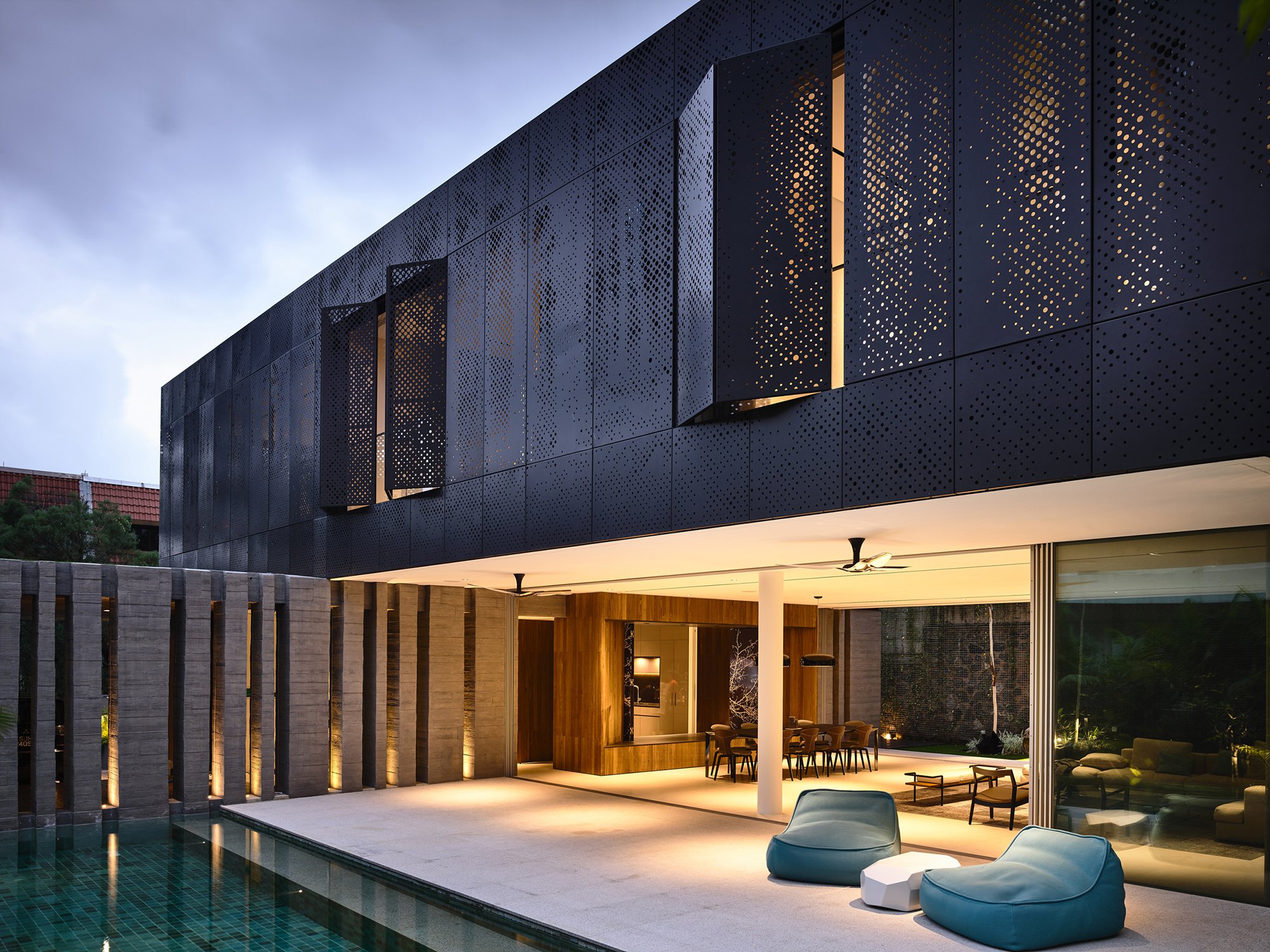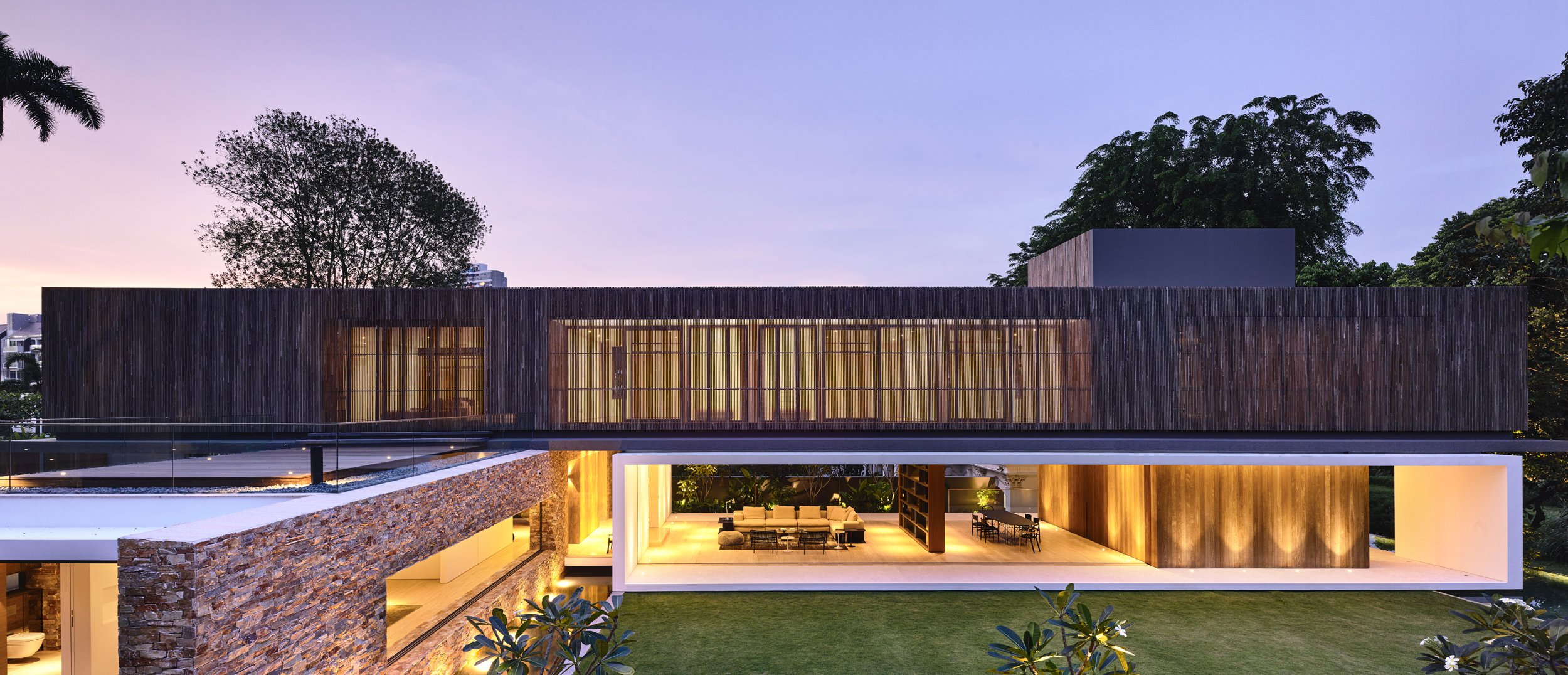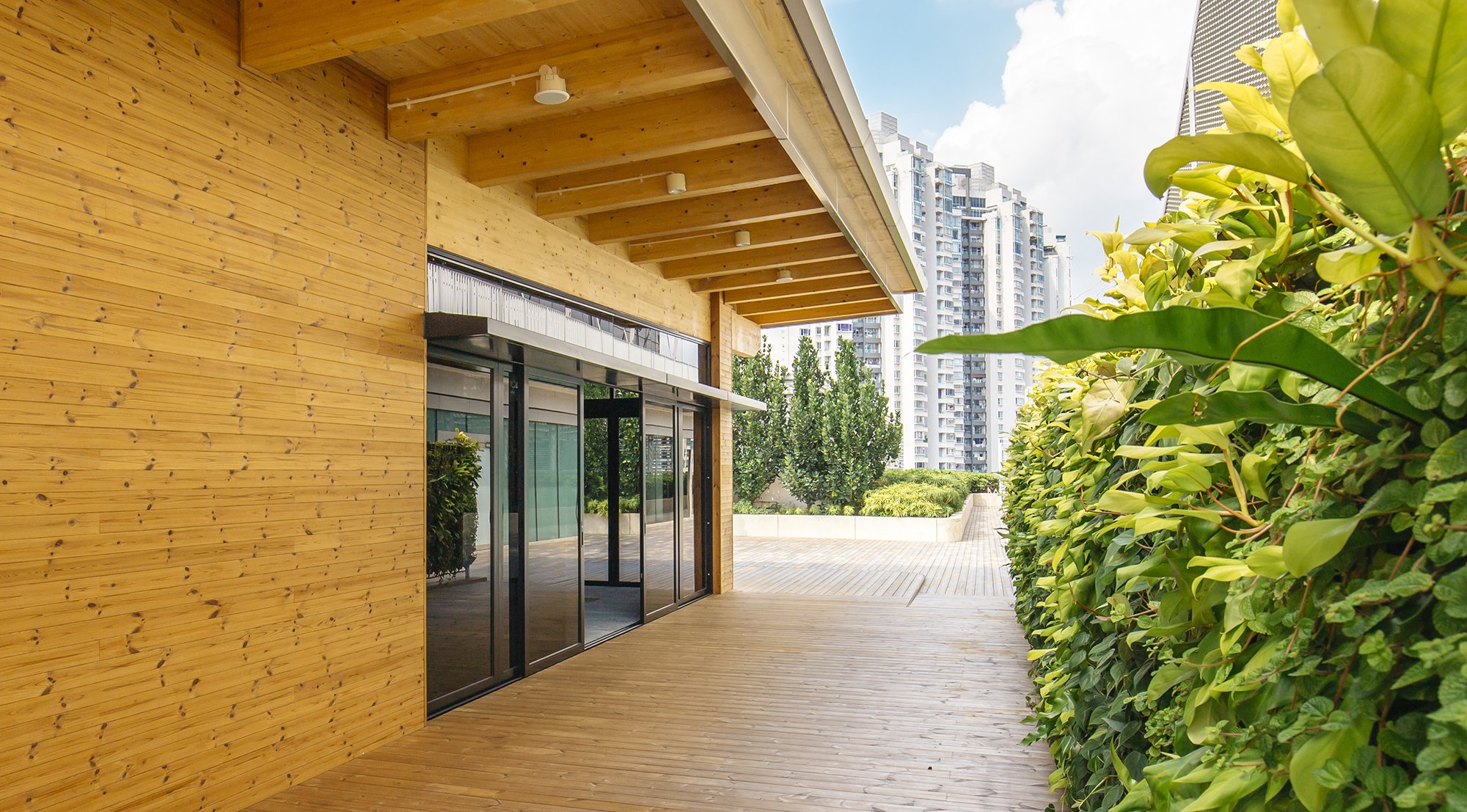
Technology
Climate-Sensitive and Efficient Design
May 22, 2023
The AEC industry is responsible for a substantial slice of carbon emissions. A considerable part of these emissions can be reduced through mindful choices, sustainable strategies and efficient design.
Here are various methods to reduce our carbon footprint and positively impact the earth.
Here are various methods to reduce our carbon footprint and positively impact the earth.
Designing with Materials
Materials play a vital role in the overall carbon impact of a building. Green designers and builders advocate locally sourced materials for construction, as these can be more durable in the local climate. These strategies also support local economies, encourage vernacular building styles and reduce the environmental impact of transportation.
Another approach is using low-carbon building materials and products. Research and development have created many innovative building materials using recycled and by-products. Some examples of recently developed low-carbon products include:
Low-Carbon Bricks: Having a 40% fly ash content helps to reduce embodied carbon found in conventional bricks. Fly ash is a by-product of coal combustion and consists primarily of silica, iron and alumina.
Bamboo Composite Boards: Bamboo is one of the fastest-growing plants with a maturity cycle of 3-4 years. It is a striking substitute for hardwood in applications such as furniture, doors, windows and their frames, partitions, wardrobes, cabinets, flooring, etc.
Researchers are also looking at alternative materials that tread more lightly on the planet. Soon, natural materials like hemp and mycelium and synthetic ones like carbon fibre and high-performance plastics could play a more significant part in the construction process.
Materials play a vital role in the overall carbon impact of a building. Green designers and builders advocate locally sourced materials for construction, as these can be more durable in the local climate. These strategies also support local economies, encourage vernacular building styles and reduce the environmental impact of transportation.
Another approach is using low-carbon building materials and products. Research and development have created many innovative building materials using recycled and by-products. Some examples of recently developed low-carbon products include:
Low-Carbon Bricks: Having a 40% fly ash content helps to reduce embodied carbon found in conventional bricks. Fly ash is a by-product of coal combustion and consists primarily of silica, iron and alumina.
Bamboo Composite Boards: Bamboo is one of the fastest-growing plants with a maturity cycle of 3-4 years. It is a striking substitute for hardwood in applications such as furniture, doors, windows and their frames, partitions, wardrobes, cabinets, flooring, etc.
Researchers are also looking at alternative materials that tread more lightly on the planet. Soon, natural materials like hemp and mycelium and synthetic ones like carbon fibre and high-performance plastics could play a more significant part in the construction process.
Designing for Energy Efficiency
Thermal comfort is the human perception of the indoor environment. Maintaining a comfortable temperature depends on the following factors:
1. Air temperature
2. Radiant temperature
3. Air movement and speed
4. Humidity
5. Clothing
6. The work rate and metabolic heat
Heating, ventilation, and air conditioning (HVAC) systems provide building occupants with ‘conditioned air’ for a comfortable and safe environment. Thermal comfort is considered one aspect of a sustainable building; HVAC systems represent 40-60% of energy consumption. Therefore, renewable sources of energy are essential to offset this energy requirement. Adiabatic and evaporative cooling systems are intriguing alternatives to HVAC systems as they use less energy to achieve ambient indoor temperatures. These systems have a large fan that draws warm air through water-moistened pads. As the water in the pads evaporates, the air is chilled and pushed out.
With the advancement of technology, various software and programs are helping to realise a more holistic approach to design. BIM integrates multi-disciplinary data to produce a digital representation of buildings across their lifecycle: from planning and design to construction and operations. Simulation software allows us to visualise and analyse the thermal performance of buildings and evaluate and modify architectural design.
Thermal comfort is the human perception of the indoor environment. Maintaining a comfortable temperature depends on the following factors:
1. Air temperature
2. Radiant temperature
3. Air movement and speed
4. Humidity
5. Clothing
6. The work rate and metabolic heat
Heating, ventilation, and air conditioning (HVAC) systems provide building occupants with ‘conditioned air’ for a comfortable and safe environment. Thermal comfort is considered one aspect of a sustainable building; HVAC systems represent 40-60% of energy consumption. Therefore, renewable sources of energy are essential to offset this energy requirement. Adiabatic and evaporative cooling systems are intriguing alternatives to HVAC systems as they use less energy to achieve ambient indoor temperatures. These systems have a large fan that draws warm air through water-moistened pads. As the water in the pads evaporates, the air is chilled and pushed out.
With the advancement of technology, various software and programs are helping to realise a more holistic approach to design. BIM integrates multi-disciplinary data to produce a digital representation of buildings across their lifecycle: from planning and design to construction and operations. Simulation software allows us to visualise and analyse the thermal performance of buildings and evaluate and modify architectural design.

Designing for Climate
A climate-responsive building design is contextual - it reflects the weather conditions of a specific area to maximise user comfort and health while minimising energy use. The scheme accounts for factors such as sun path and intensity, wind direction, rainfall and humidity. A building designed on these principles is a passive building; the key elements include:
1. Location and orientation on the site
2. Building layout and form
3. Natural ventilation
4. Elevation and window design
5. Insulation and thermal mass
6. Shading and daylighting
The first step is to achieve the right amount of solar access – enough to provide warmth during the cooler months but prevent overheating in warmer seasons. A combination of location and orientation, floor layout, window design and shading can help us achieve this. Insulation and thermal mass help maintain even temperatures, while ventilation provides passive cooling and improves indoor air quality.
A climate-responsive building design is contextual - it reflects the weather conditions of a specific area to maximise user comfort and health while minimising energy use. The scheme accounts for factors such as sun path and intensity, wind direction, rainfall and humidity. A building designed on these principles is a passive building; the key elements include:
1. Location and orientation on the site
2. Building layout and form
3. Natural ventilation
4. Elevation and window design
5. Insulation and thermal mass
6. Shading and daylighting
The first step is to achieve the right amount of solar access – enough to provide warmth during the cooler months but prevent overheating in warmer seasons. A combination of location and orientation, floor layout, window design and shading can help us achieve this. Insulation and thermal mass help maintain even temperatures, while ventilation provides passive cooling and improves indoor air quality.
Designing for End-of-Life Cycle
As buildings are not designed to last forever, it is essential to formulate the demolition process. Safe disassembly will ensure that various components can be reused, repaired, refabricated or recycled. Globally, various countries have started processing their Construction & Demolition (C&D) waste. European countries recycle 80-90% of their trash through several plants, while Singapore reuses and recycles almost all its C&D waste. Tokyo enforced a construction waste recycling law that mandates the recyclability of all materials and a scheme for dealing with the same.
As buildings are not designed to last forever, it is essential to formulate the demolition process. Safe disassembly will ensure that various components can be reused, repaired, refabricated or recycled. Globally, various countries have started processing their Construction & Demolition (C&D) waste. European countries recycle 80-90% of their trash through several plants, while Singapore reuses and recycles almost all its C&D waste. Tokyo enforced a construction waste recycling law that mandates the recyclability of all materials and a scheme for dealing with the same.

Conclusion
We have looked at various design methods to help us curb the negative impact of the AEC industry on climate change. The industry is awash with scientific research and innovation pointing towards sustainable built environments. These studies will promote human and environmental health. We will be able to reduce or eliminate carbon emissions with precise targetting of resources, mindful thinking and a future-forward vision.
We have looked at various design methods to help us curb the negative impact of the AEC industry on climate change. The industry is awash with scientific research and innovation pointing towards sustainable built environments. These studies will promote human and environmental health. We will be able to reduce or eliminate carbon emissions with precise targetting of resources, mindful thinking and a future-forward vision.